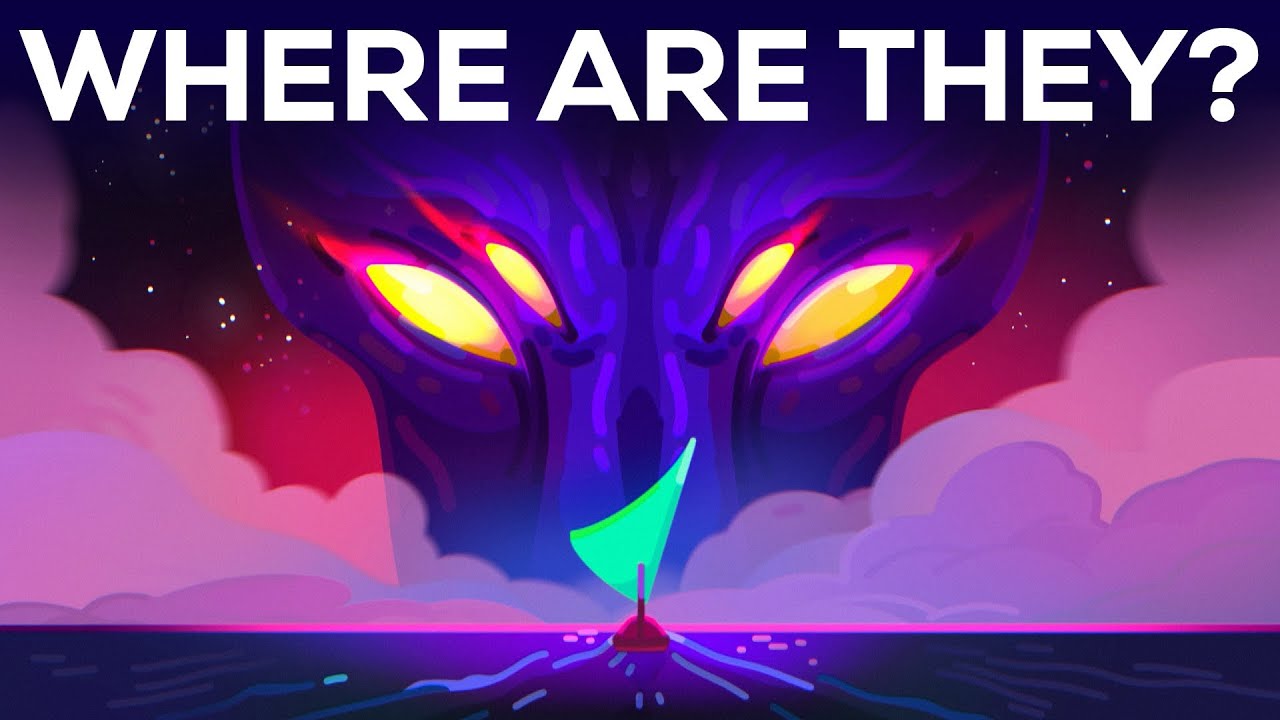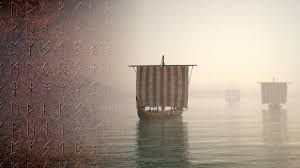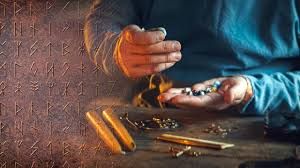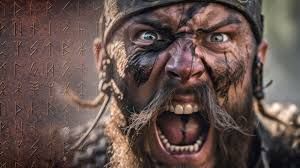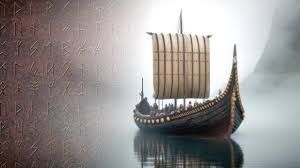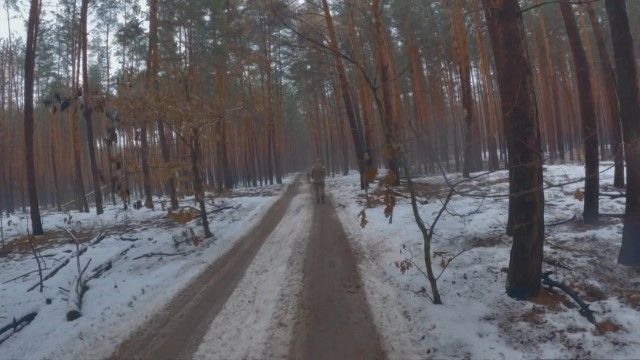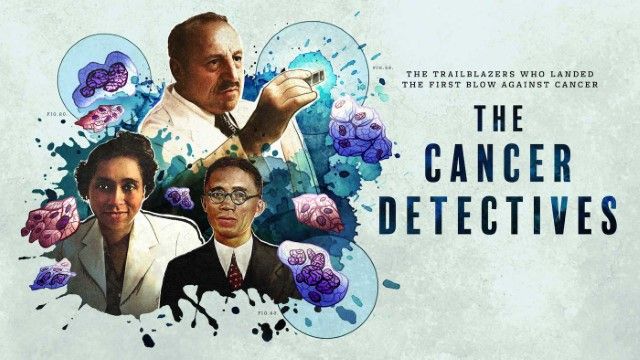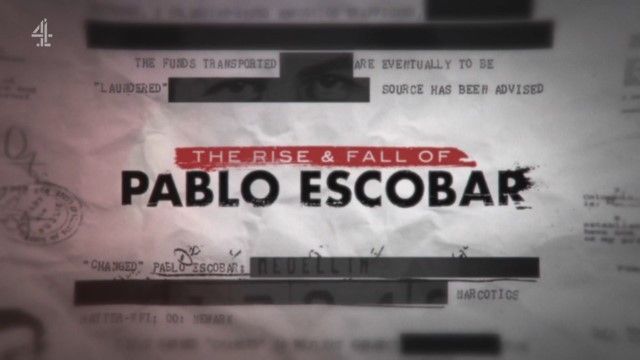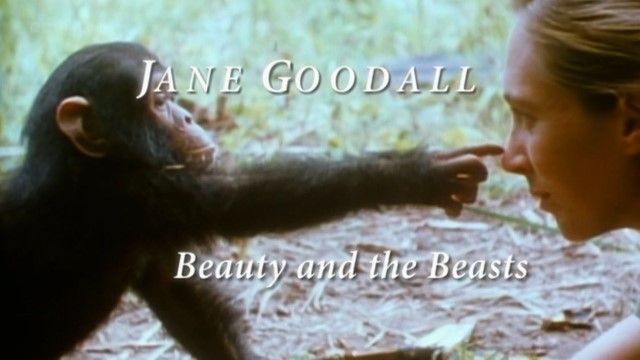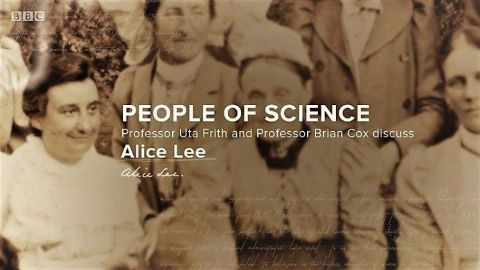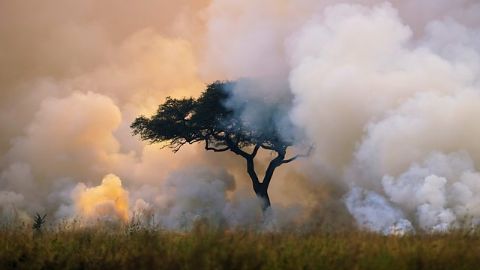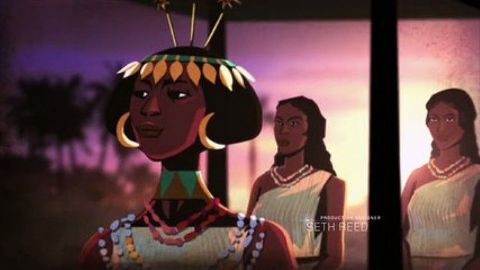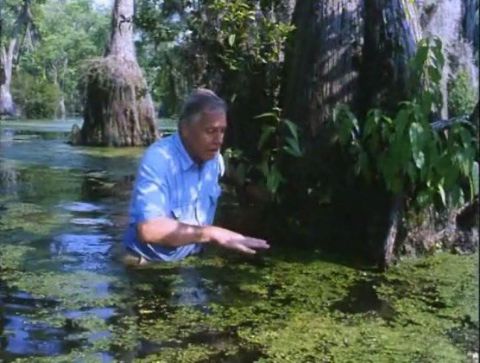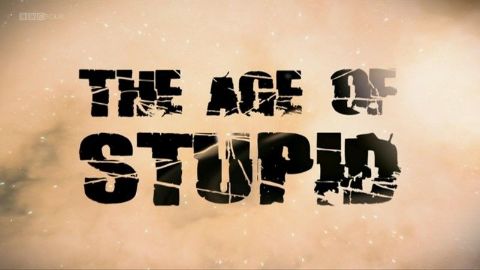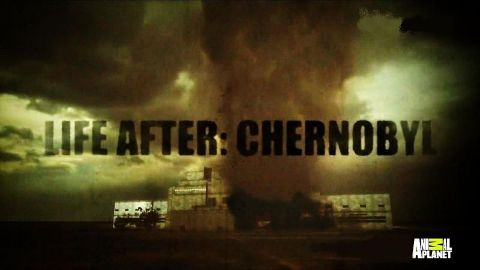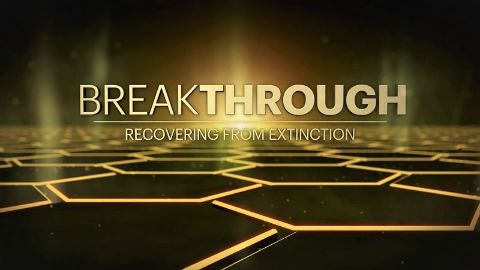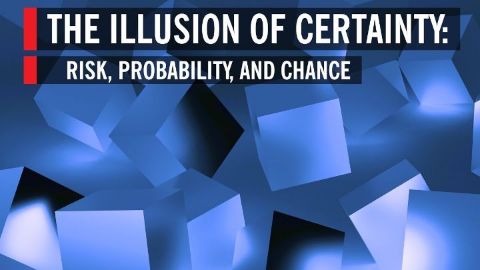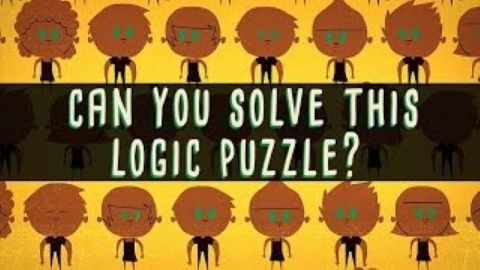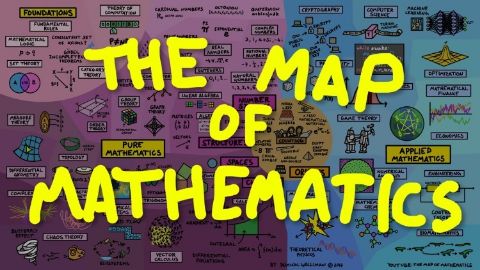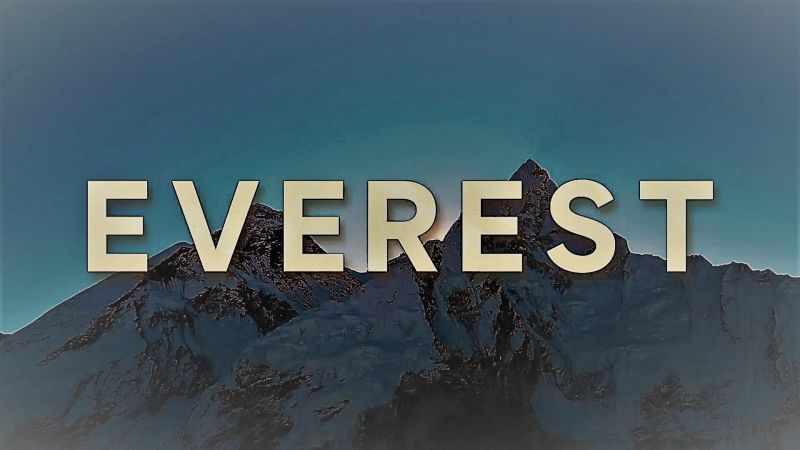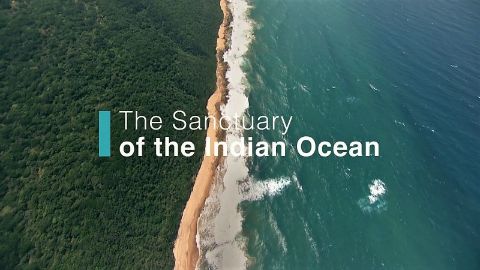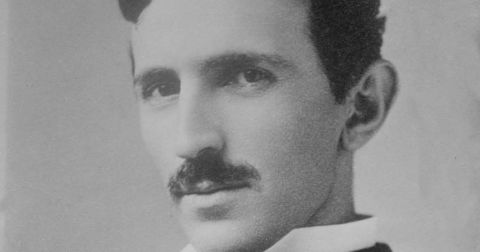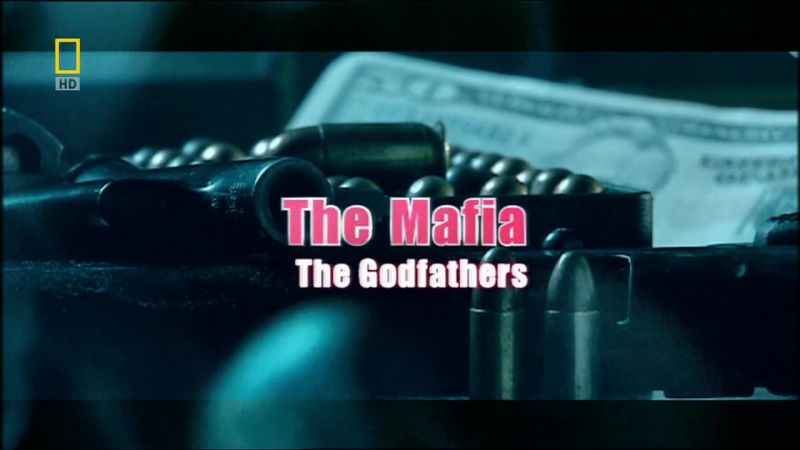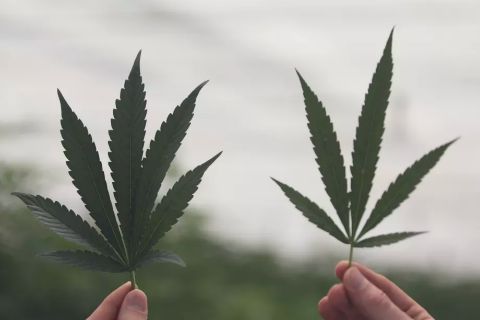Latest Documentaries
We often assume that advanced technology will make it easy for aliens to colonize space. But what if space exploration is always difficult, no matter how advanced you are? Let’s travel back in human history, to the colonization of Oceania over 5000 years ago, to find parallels between ancient explorers and extraterrestrial civilizations.
In a Nutshell • 2024 • Astronomy
The mid-10th-century reign of Harald Bluetooth as king of a newly unified, powerful and Christianized Denmark marked the beginning of a second Viking age. But the reign was not to last with the Normans finally winning the English Kingdom in 1066. We look at the final days of the Viking empire.
S1E6 • Vikings: The Rise and Fall • 2022 • History
Political turmoil in Norway leads a voyage of discovery west. The Vikings discover Iceland where they established lasting settlement. Further exploration from Iceland leads to the discovery of Greenland and to the shores of Newfoundland, making them the first Europeans to discover America.
S1E5 • Vikings: The Rise and Fall • 2022 • History
The siege of Paris in 885 was the culmination of the Viking invasions of Francia. We look at the persistent Viking attacks on Francia and the enduring presence of the Scandinavians on the Frankish Empire and beyond.
Vikings: The Rise and Fall • 2022 • History
The "Silk Road" opened up a world of trade for the Scandinavians in the East. Seeking further wealth, the Vikings known in the East as "the Rus" attacked Constantinople in 860. The Rus became a permanent and feared fixture in the Byzantine Empire.
S1E3 • Vikings: The Rise and Fall • 2022 • History
The Siege of York occurred from 866 when the Great Heathen Army laid claim to the Northumbrian capital of York. We look at the major battles, players and strongholds of the York battle and how the Vikings later came to control much of the 9th Century England.
S1E2 • Vikings: The Rise and Fall • 2022 • History
An attack on a small religious community on the holy island of Lindisfarne in AD 793 heralded the start of the Viking Age of conquest and expansion. For 200 years, the longships from Scandinavia threatened all of Europe. But it was far from their first attack. We reveal how the Vikings' reign of terror began in Scandinavia.
S1E1 • Vikings: The Rise and Fall • 2022 • History
Follows a Ukrainian battalion on the frontline of the war against Russia, filmed by the soldiers themselves as they try to defend a vital railway line, the capture of which would enable Russia to mount a direct attack on Ukraine's second largest city Kharkiv. The film examines the lives of the 99-strong military company as they face sustained Russian assaults, presenting a ground-level view of the war through the eyes of the troops fighting it.
2024 • History
The story of how the life-saving cervical cancer test became an ordinary part of women's lives is as unusual and remarkable as the coalition of people who ultimately made it possible: a Greek immigrant, Dr. George Papanicolaou; his intrepid wife, Mary; Japanese-born artist Hashime Murayama; Dr. Helen Dickens, an African American OBGYN in Philadelphia; and an entirely new class of female scientists known as cyto-screeners. But the test was just the beginning. Once the test proved effective, the campaign to make pap smears available to millions of women required nothing short of a total national mobilization. The Cancer Detectives tells the untold story of the first-ever war on cancer and the people who fought tirelessly to save women from what was once the number one cancer killer of women.
2024 • Health
The search for Pablo Escobar as told by US Drug Enforcement Administration agents, with never-before-seen footage of Escobar's life and capture.
2018 • People
In 1960, a young secretary from Bournemouth, with no scientific qualifications, entered a remote forest in Africa and achieved something nobody else had ever done before. Jane Goodall became accepted by a group of wild chimpanzees, making discoveries that transformed our understanding of them, and challenged the way we define ourselves as human beings by showing just how close we are as a species to our nearest living relatives. Since then, both she and the chimps of Gombe in Tanzania have become world famous - Jane as the beauty of many wildlife films, they as the beasts with something profound to tell us. As one of the programme's contributors, David Attenborough, suggests, Jane Goodall's story could be a fable if it wasn't true. In this revealing programme filmed with Jane Goodall in Africa, we discover the person behind the myth, what motivates her and the personal cost her life's work has exacted from her - and why she still thinks we have a lot to learn from the chimps she has devoted her life to understanding.
2010 • Nature
This is a story about the greatest risks to humanity, and what we can do about it. We are living in a time when human-made risks pose the biggest threat to our existence. Technological progress has brought us to a precipice. For the first time ever, we have the capacity to destroy ourselves. Edge of Existence lays out how we can pull ourselves back from this precipice in order achieve a vast and extraordinary future.
2022 • Environment
Recommended Documentaries
A look at how the eternal quest for water brings huge challenges and ingenious solutions.
S1E2 • Human Planet • Environment
The pioneering developmental psychologist Uta Frith discusses Alice Lee, whose work in craniology challenged the idea that women were intellectually inferior because they have smaller brain sizes.
S1E2 • People of Science with Brian Cox • 2018 • Science
Weather controls the distribution of freshwater on Earth, which in turn shapes the lives of animals in diverse habitats around the globe.
S1E3 • A Perfect Planet • 2021 • Nature
The Ship of the Imagination travels across the cosmos to discover the possibility of beings that live forever and explain why other civilizations perish. Then, visit the Cosmic Calendar of the Future and contemplate what lies ahead with a hopeful vision.
S1E11 • Cosmos: A Spacetime Odyssey • Astronomy
We look at the ways in which plants have adapted to survive in the harshest climates on Earth. Whether in the driest, hottest deserts or the coldest Arctic wastes, plants have come up with some ingenious ways of surviving, including eating animals and actually caring for their offspring.
S1E6 • Private Life of Plants • 1995 • Nature
Obesity is one of America's biggest public health concerns. Two thirds of Americans are overweight or obese. The pressure to lose weight is intense and many are turning to surgical means to achieve results.
S1E4 • A User's Guide to Cheating Death • 2017 • Health
Environment Documentaries
Human Planet tells remarkable stories of people who make their homes in the Arctic.
S1E3 • Human Planet • Environment
Pete Postlethwaite as a man living alone in the devastated world of 2055, watching archive footage from 2008 and asking why climate change wasn't stopped before it was too late.
Storyville • 2009 • Environment
The disaster began during a routine systems test at reactor number four of the Chernobyl plant located near the town of Pripyat, on April 26, 1986. After a power surge, an emergency shutdown was attempted and after a subsequent power spike, there was a reactor vessel rupture and a series of steam explosions. The cascading course of events led to exposing the graphite moderator of the reactor to the air, causing it to catch fire. This sent a plume of highly radioactive fallout into the atmosphere. The fallout from Chernobyl prompted mass evacuations as it drifted over an extensive geographical area, including the western Soviet Union and Europe. Over 350,000 people were resettled from contaminated areas of Belarus, Russia, and the Ukraine. Thirty-one deaths are directly attributed to the accident, and all the deaths were among reactor staff and emergency workers. This is the kind of atmosphere Nelson and Ochota are investigating on Life After: Chernobyl as they attempt to determine how the radiation continues to impact the affected areas. They are allowed to stay for as long as they need to in order to conduct their ground-breaking research, but the duo must also be sure to take the necessary safety precautions. Broadway World noted in their Life After: Chernobyl article that by staying in the area for too long, the radiation exposure could reach dangerously high levels in their bodies, and they must always monitor the radiation levels.
2014 • Environment
Ice may be nothing more than frozen water but, as Iain explains, it holds extraordinary power. Descending 150m down a frozen waterfall, he sees a glacier in action from below and discovers why the huge Jacobshaven glacier is retreating, he shows how it shaped our past and may now threaten our future.
Witness the birth, growth and death of an island in the greatest ocean on Earth.
S1E4 • South Pacific • Environment
How long does it take for life to rebound after a major mass extinction? Scientists in Svalbard dig through fossil clues for surprising revelations about our Earth's history.
Breakthrough • 2019 • Environment
Math Documentaries
Latif explores a law of numerical probability that applies to classical music, contemporary social media, tax fraud and perhaps the entire universe.
S1E4 • Connected - The Hidden Science of Everything • 2020 • Math
Stuff happens. The weather forecast says it’s sunny, but you just got drenched. You got a flu shot—but you’re sick in bed with the flu. Your best friend from Boston met your other best friend from San Francisco. Coincidentally. What are the odds? Risk, probability, chance, coincidence—they play a significant role in the way we make decisions about health, education, relationships, and money. But where does this data come from and what does it really mean?
World Science Festival • 2015 • Math
One hundred green-eyed logicians have been imprisoned on an island by a mad dictator. Their only hope for freedom lies in the answer to one famously difficult logic puzzle. Can you solve it? Alex Gendler walks us through this green-eyed riddle.
The entire field of mathematics summarised in a single map! This shows how pure mathematics and applied mathematics relate to each other and all of the sub-topics they are made from.
2017 • Math
Where earth meets sky: how the most thrilling and dangerous point at the top of the world continues to fascinate, and what it takes to conquer the Big One.
S1E1 • History By The Numbers • 2021 • Math
The new "Brady Sequence" demonstrates why Fibonacci Numbers are not so special.
Randoms! Documentaries
Just off the southern coast of Africa, beneath the warm waters of the Indian Ocean, lies a safe zone created by a unique confluence of geography and climate: a sanctuary with a vibrant concentration of dazzling aquatic life. Embark on an underwater adventure into a marine wilderness stronghold.
S1E2 • Coastal Africa • 2016 • Nature
This documentary presents the story of Nikola Tesla, the great scientist, visionary, and inventor who gave the world alternating current electricity, as well as being the father of radio. The film tells the story of this man's astonishing genius, his visions and inventions. Tesla's own scientific and autobiographical writings, as well as archival photographs and re-enactments are used to tell the story. A native of Austro-Hungary, Tesla came to America in 1884. Working first with Edison, the two inventors fell out over Edison's insistence on using direct current. Tesla took his alternating current vision to Westinghouse. His New York address was renowned for the bolts of lightning emanating from it, as Tesla worked to unlock the secrets of energy and electricity. His quest took him to Colorado. The film follows Tesla's exploits and eccentricities, which made him a darling of the press. Included is the well-known and touching story of his devotion to a certain white pigeon. Largely forgotten today in spite of the great debt the modern world owes him, the film pays tribute to this overlooked genius.
2007 • Physics
Italian magistrate Giovanni Falcone became the symbol of the struggle against the mob and in the US John Gotti flaunted his mob involvement before being jailed. The glory days may have gone but the mafia is far from dead.
The Alps are known as the majestic mountain range of Europe. But their formation from a collision between Europe and Africa left an unstable structure that is now a classic study in erosion by rivers of water, ice and rock suggesting an even greater former glory. Left unexplained is why the Mediterranean Sea exists between the continents.
S1E13 • How the Earth Was Made • 2009 • Environment
What if we could find one single equation that explains every force in the universe? Dr. Michio Kaku explores how physicists may shrink the science of the Big Bang into an equation as small as Einstein's "e=mc^2." Thanks to advances in string theory, physics may allow us to escape the heat death of the universe, explore the multiverse, and unlock the secrets of existence. While firing up our imaginations about the future, Kaku also presents a succinct history of physics and makes a compelling case for why physics is the key to pretty much everything.
